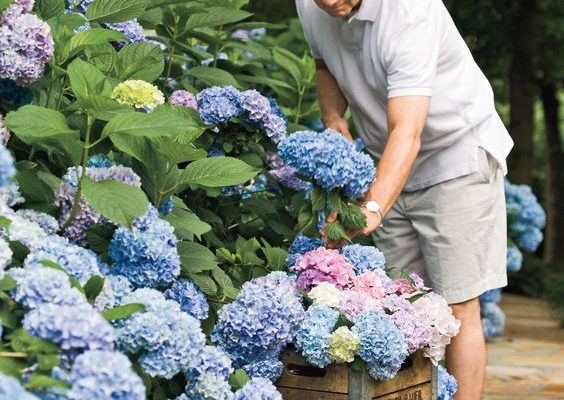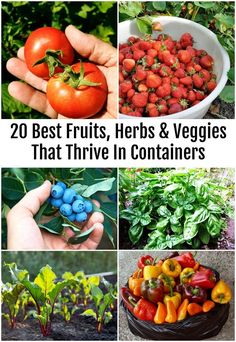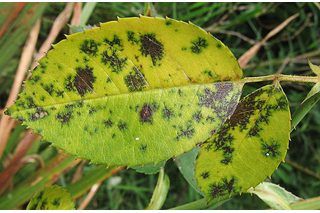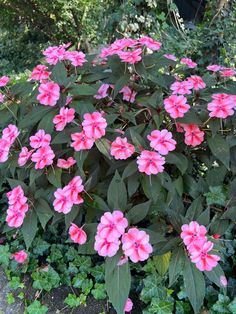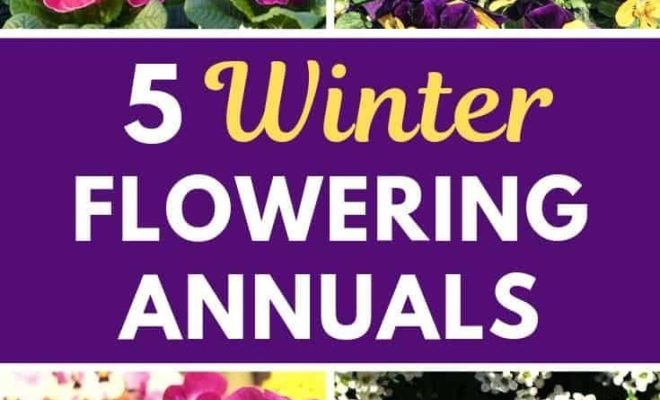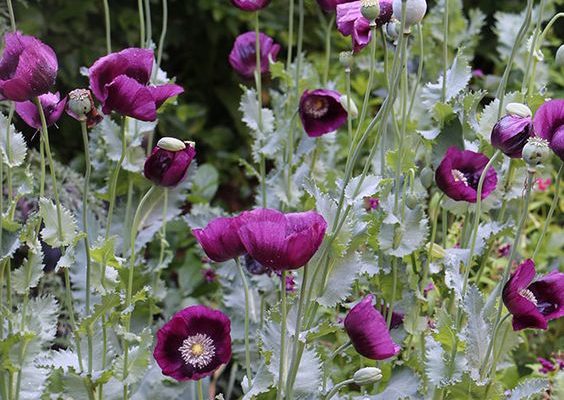All About Seed Types and How to Choose the Best Ones to Grow
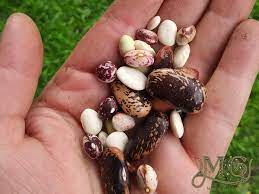
In the world of gardening, seeds are the tiny capsules of life that hold the potential to become lush plants, vibrant flowers, or nutritious vegetables. Understanding the variety of seed types can greatly affect the success of your garden. In this article, we dive into different seed categories and share tips on how to select the best ones for your gardening needs.
Open-Pollinated Seeds
Open-pollinated seeds come from plants that have been pollinated naturally by birds, insects, wind, or human hands. These seeds generally produce plants true to their parents if no cross-pollination occurs. Gardeners who wish to save seeds for future planting often opt for open-pollinated varieties because they ensure a consistent crop over time.
Heirloom Seeds
Heirlooms are a type of open-pollinated seeds with a twist—they’ve been handed down from generation to generation. They are prized for their genetic diversity, distinctive flavors, and resistance to pests and disease. Heirlooms often characterize historical or cultural significance, which many gardeners cherish.
Hybrid Seeds
Hybrids are created when breeders intentionally cross-pollinate two different species of plants with desirable traits. The first generation of these seeds (F1) tends to be more vigorous and uniform than their parent varieties; however, saving seeds from hybrids does not guarantee the same plant characteristics in subsequent generations.
Organic Seeds
Organic seeds are harvested from plants grown without synthetic fertilizers, pesticides, or genetically modified organisms (GMOs). For gardeners interested in organic produce and sustainable practices, these seeds ensure that their gardens stay free from chemicals right from the start.
GMO Seeds
Genetically Modified Organisms (GMOs) are plants whose DNA has been altered in a lab setting to exhibit traits that may not occur naturally—such as increased resistance to pests or herbicides. The use of GMO seeds is controversial and not typically chosen by home gardeners looking for natural options.
Choosing the Best Seeds
1.Know Your Environment: Understand your local climate, soil type, and seasonal weather patterns. Look for seeds adapted to your specific conditions.
2.Identify Your Goals: Whether it’s preserving heritage vegetables or maximizing yield, your goals will influence your choice.
3.Read Labels Carefully: Seed packets provide a wealth of information including if a seed is organic, treated, F1 hybrid, etc.
4.Buy From Reputable Sources: Ensure high-quality seeds by purchasing them from trusted nurseries or seed banks.
5.Consider Germination Rate: High-quality seeds often list germination rates on their packaging—opt for rates above 80 percent.
6.Check Dates: Seeds lose viability over time; look for ‘packed for’ dates which should be the current year.
Seed selection is a foundational step in gardening success—as important as sunlight and water choices you make at this stage determine the future bounty of your garden. By understanding these seed types and selection tips, you’re well-equipped to choose wisely and cultivate a thriving garden tailored precisely to your desires and environmental conditions.
Please remember that beyond quality and suitability for your gardening environment, responsible seed choice supports biodiversity preservation—a key factor in maintaining ecological balance both within our gardens and throughout our planet.

